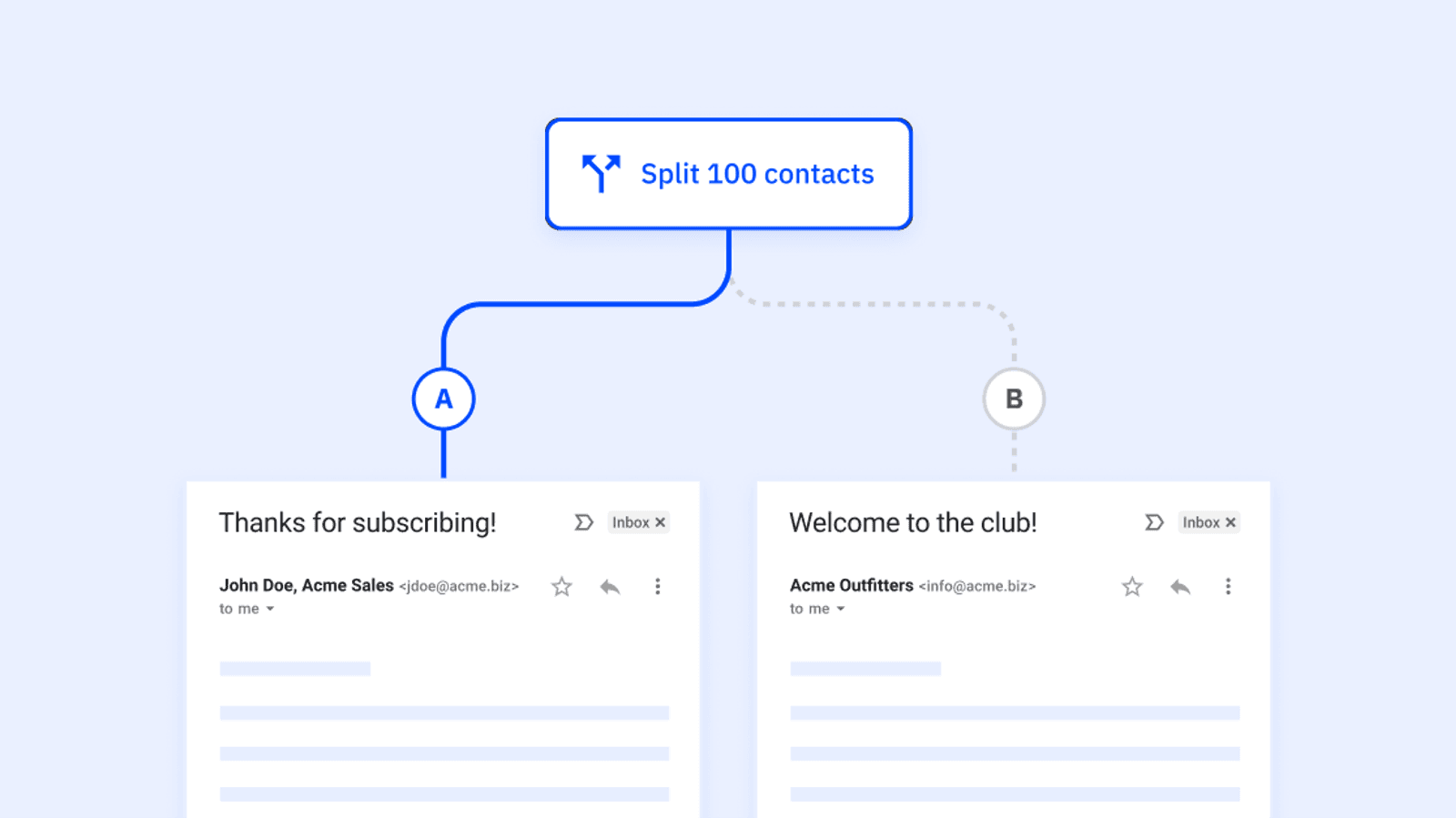This post was contributed by CallHippo.
As customer expectations continue to grow, big companies have to rethink their ongoing customer service delivery approach. Connected devices and Artificial Intelligence (AI) have together played a significant role in shifting customer service interactions to digital platforms.
According to Tidio, 88% of all customer service interactions are handled by bots without any need for human intervention as of 2022.
The business world has felt tremendous pressure to shift to automated customer service. Still, a slight human touch to your customer service with automation can help your company stand out from the competition – ensuring that you always delight your customers through:
- Personalized communication
- Timely response
- Faster query resolution rate
The landscape of customer service models is changing – here’s how humans fit into it.
Can automation improve customer service?
Automation in customer service today isn’t similar to a traditional interactive voice response. Today, virtual agents can interpret the customer’s intent and give out the desired answers almost as quickly and efficiently as an actual human.
Examples of excellent virtual agents include Siri, Google Assistant, Alexa, Bixby, etc. These agents will efficiently walk the process of finding a unique answer to your questions in a personalized manner.
However, not all customer queries are quickly answered by virtual bots. They need to be backed up by even smarter agents. Together, they capitalize on each other’s strengths.
How customer service agents and tech work together
Robots won’t replace human customer service agents anytime soon – even the most recent and innovative customer service tools complement human agents. It helps improve their performance, productivity, and personal growth rather than replacing them.
Human agents can recognize if a customer is frustrated or annoyed, and bots can’t. Both entities have very different skill sets – bots can be entirely accurate with the information. Still, human agents can be more emphatic and display higher emotional intelligence for an annoyed customer.
This is why companies today are designing service models that use ticketing software, chatbots, and humans together to deliver accurate, timely, and empathetic customer service. Such workflows can free human agents from ransacking through computer systems for finding information. Agents can instead focus on resolving customer issues that self-help modules and bots can’t resolve.
While virtual agents can help resolve common problems effectively, humans can deal with essential and unusual customer problems.
Here is a simple example of a customer service workflow that balances technology and human representative involvement:
- The bot initiates the conversation, and whenever required, can hand over to a human agent or if a customer gets in touch through a call, an Intelligent interactive voice response (IVR) system can help with self-service and transfer the customer to the best agent that can solve their query if required.
- The concerned person can then intelligently resolve customer grievances based on the inputs collected by the bots and the ticketing software.
- The concerned agent then updates the ticketing tool to escalate or mark a date of follow-up with the customer.
- Bots or the IVR system can then again take the customer’s satisfaction score, and feedback after the query is marked as resolved.
AI-powered chatbots help save valuable time
Chatbots can help people save time spent on customer support. Powered with artificial intelligence, by the end of 2020, more than 80% of customer queries could be resolved without any human intervention.
Chatbots don’t just ensure a fast and accurate response to customer questions – they can also transfer the query to a specialized agent for faster resolution.
Even when human interaction is required, a virtual bot can help save time by passing on crucial customer information based on the entire customer journey and delivering a personal and quick resolution.
Chatbots help you learn repeated questions that your customers have and eliminate the need for manual answering them.
Human agents can work even smarter and increase efficiency if they have bots quickly passing on answers to customer queries.
Having bots work with people is like having an efficient assistant bustling around, figuring out the best ways to help out a customer quickly.
Here’s an example–
ABIE is Allstate Business Insurance’s customer service bot that was developed to help out its sales team. Their human agents use ABIE to look up specific information quickly. Without a bot, human agents would have to search hundreds of documents to cater to such specific queries. However, with ABIE’s intervention, the support staff can work around efficiently and easily handle over 25,000 unique inquiries every month.
How chatbots are improving human intervention
Business leaders can ensure that they are having high-quality conversations with their customers at all times by creating a balance between human touch and technology. Whenever a chatbot gets stuck, an experienced human supervisor can intervene to solve the problem with all the required information at their disposal. The person can also record or tag the problem for the AI system.
This is how chatbots can learn to resolve a similar situation in the future, making sure that queries are resolved faster.
Moreover, using speech to text and Natural language processing (NLP) technology, there are tools that can read all calls and chats you have had with your customers and run a quality assessment on the conversation done, marking red-flags on its own. This ensures no wrong information is being shared, and agents get the required training faster.
Let’s take another example-
InterContinental Hotels Group (IHG) assigns virtual agents to solve technical problems for all the employees calling the IT help desk. IHG has a workforce of over 30,000 employees, and chatbots have helped them improve employee satisfaction and reduce service query resolution time.
The company also uses machine learning technology for reviewing chat transcripts from customers contacting the help desk. With this, they developed a virtual agent for answering common questions that they were getting. As a result, the company now has 150 help desk staff coordinating with bots to deliver seamless customer support.
With the new strategy, IHG’s help desk can easily meet spikes in demand by putting this new technology in place.
The creators specifically train virtual staff for activities, including password resets and admin permissions. As a result, the bot system can now handle 80% to 85% of questions coming in from the employees.
The virtual agents are also helpful even when they can’t perfectly answer a question.
They can collect basic information from the worker and hand it over to a help desk staffer to make an informed decision.
What does the future hold?
The future of customer service involves an effortless mix of human-machine collaboration. The AI-led transformation in this industry is clearly not about getting rid of the customer service professionals; rather, it’s about making human agents smarter and more efficient. Customers can get relevant and fast answers to routine inquiries while the human agents focus more on solving complex questions ensuring better customer experience overall.
With the advent of AI-driven technology, customer service professionals can concentrate on delivering exceptional customer service by becoming smart and empowered problem-solvers.








